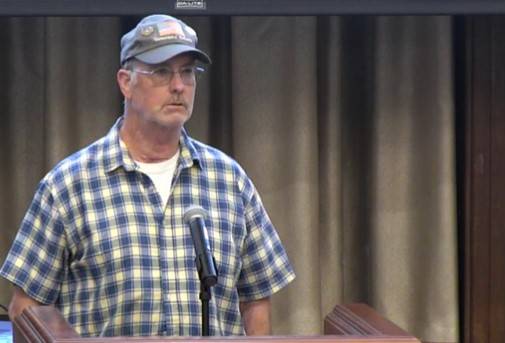Earlier this month, retired Andover High School teacher William Kolbe drove from the post office in Woburn to the post office on Stephens Street in Andover. The drive took 36 minutes, and Kolbe counted 18 traffic lights along the way.
That’s a drive U.S. Postal Service letter carriers in Andover would have to make at the start and end of their shift under a plan set to go into effect next spring that would eliminate sorting operations at the Andover Post Office. Sorting operations at post offices in Middleton, North Reading, Tewksbury and Wakefield would also be consolidated under the main post office in Woburn.
Kolbe organized a meeting at Memorial Hall Library last week to raise awareness about the change and its potential impact on Andover residents. Andover is one of 200 post offices in the U.S. in the first wave of consolidation of sorting under a plan USPS announced in August.
Jamie Partridge, a retired letter carrier and long-time postal advocate from Oregon, addressed the meeting via telephone. He noted that the plan is expected to add $3,600 annually and personal travel costs for letter carriers and that it would reduce hours or even eliminate the jobs of USPS employees who work at the soon-to-be eliminated sorting operations.
For postal customers, Partridge said, it could be the first step in reducing services at Andover’s central post office on Stephens Street. He suggested it may not be long before Andover residents would have to drive to Woburn for things like passport and bulk mail services. He also worried that, despite USPS claims to the contrary, Andover residents would see delays in home mail delivery.
Peter Blunt, a retired letter carrier from Andover, said he spoke with officials from the union that represents letter carriers, and they said they were concerned with letter carriers would be driving on Route 93 in 35-year-old vehicles that have a maximum speed of about 45 MPH. New, safer vehicles are scheduled to be delivered next year.
“Wait until there’s a big traffic tie up and letter carriers have to sit in their vehicles for an extra hour,” Blunt said. “Driving on 28, with all the traffic there at four or five in the afternoon, that’s an idiot move.”

